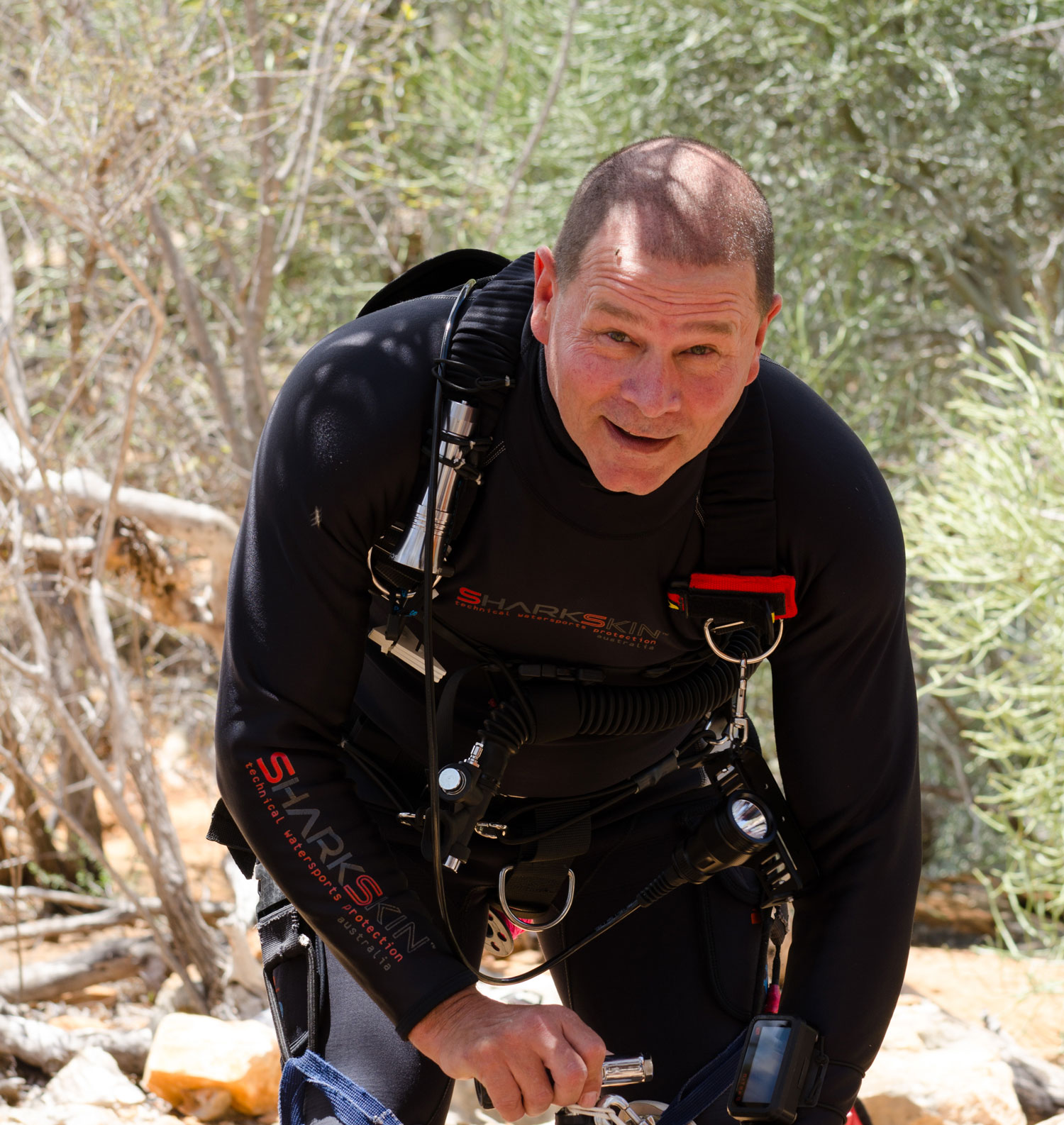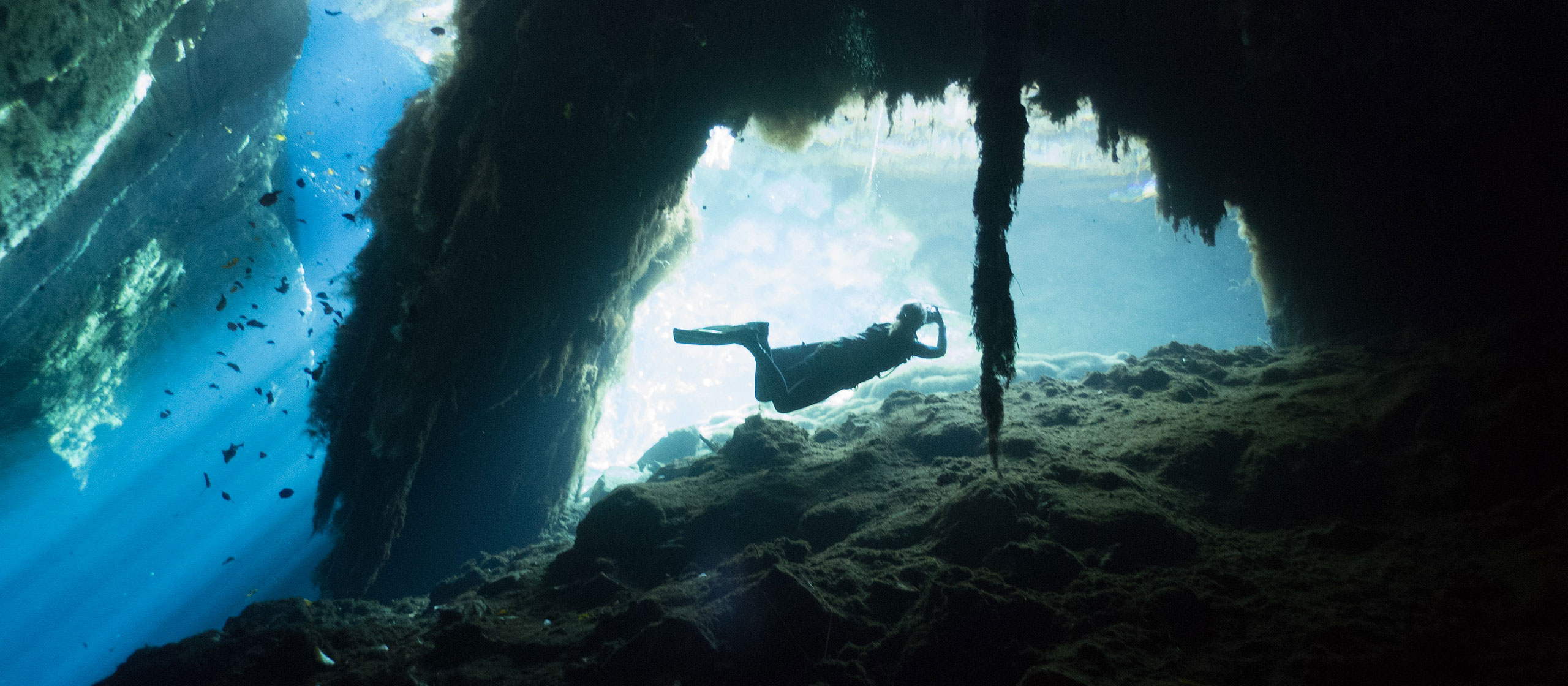Dive Travels
Cave Diving in Madagascar
Cave diving has always been a passion of mine and I have dived caves in Zimbabwe, Florida and Mexico and I was intrigued to see and dive the caves in Madagascar. So I can tell you how excited I was when Ryan Dart made contacted with me in November 2015. Ryan was the person who first discovered fossils in the caves and founder of the first expedition into the Madagascar caves, in March 2015.
These caves are in the South West of the country, which has a rugged and dry environment, with unique plant and animal life. The caves that we had the privilege to dive, are located in the Tsimanampetsota Nature Reserve. The reserve can only be accessed by 4×4 vehicles and the caves may only be entered/dived with government permits, as the area holds many rare and endangered species.

Ryan had been asked by scientists from the University of Massachusetts Boston, who are working in collaboration with the Madagascar Government to arrange for another cave diver to assist Ryan who, under authority, was to help with further studies and retrieval of certain fossils.
The expedition was under the Government authority to study both geographical and fossil artefacts and help understand, amongst other things, water table levels and the Pachylemur, an extinct, giant lemur most closely related to the ruffed lemurs of genus Varecia. Pachylemur is thought to have gone extinct between 680–960 CE, although subfossil remains found and retrieved may indicate that it survived up until 500 years ago.
I cannot tell you the feeling it is to be diving in these caves and seeing fossils lying around that have not been disturbed for hundreds of years. We were very careful to not disturb anything and buoyancy control was very important, to say the least!
Images were taken and shown to the scientist of both the fossils and the stalagmites (from ground up) for their consideration.
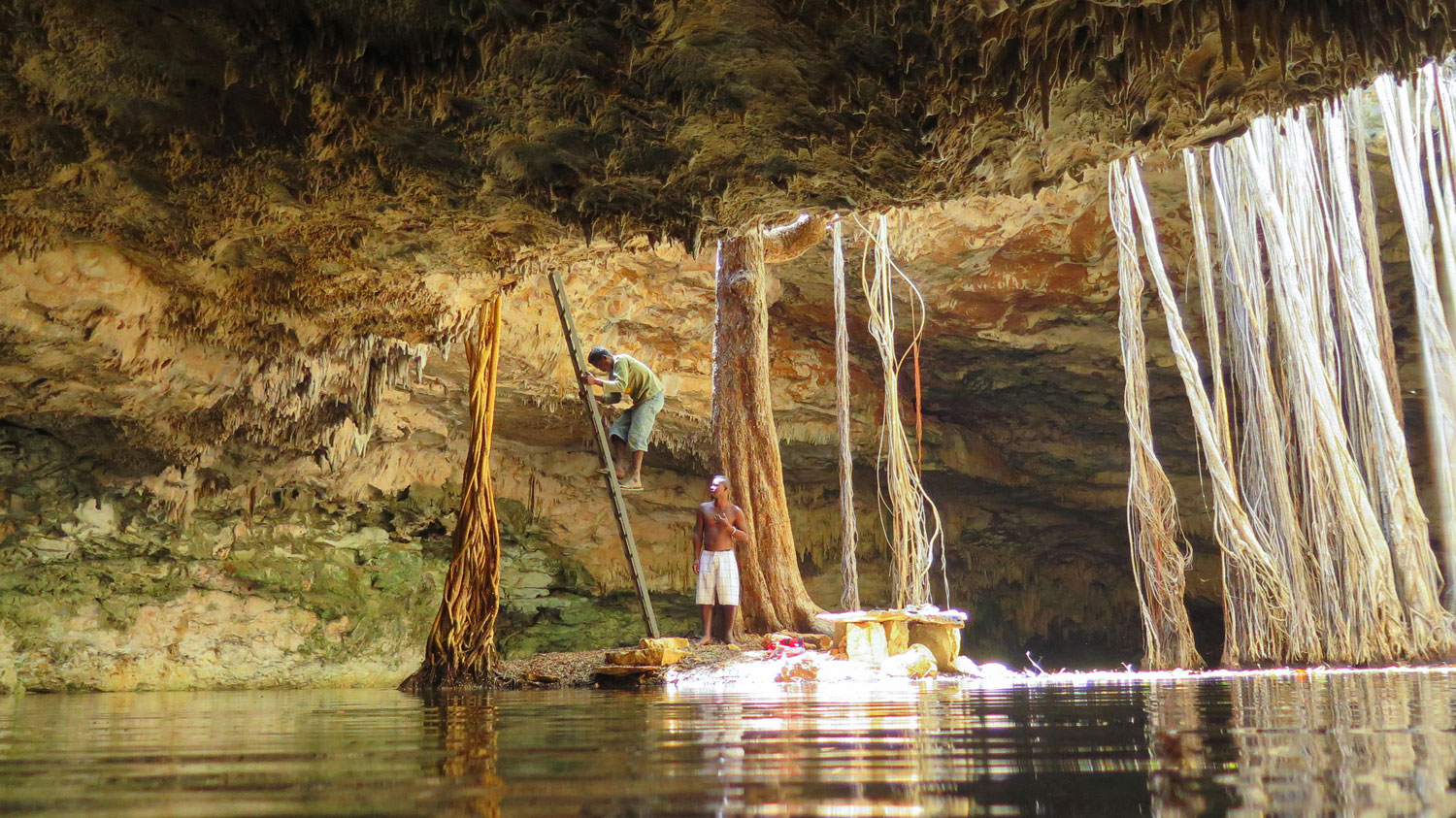
We flew in a small commercial aircraft into Toliara, from Antanarivo. From there we took a high speed boat ride to the small sea side village of Anakoa, where we stayed in the rustic friendly accommodation called “Peter Pan”. The owner of Peter Pan is a character and does his best to make you welcome. It cannot be easy to run any establishment in such a remote location. Italians were the main tourist clientele and the climate had a Mediterranean feel. Flat sea, white beach, dry and wonderful sunsets. The sea in front of the village has an inner reef and out reef, which must have been beautiful. Unfortunately, the reefs are under tremendous load with the ever expanding population who live mostly off the sea. I predict that this cannot last much longer as the reefs have nothing more to give and no management is in place to protect what is left. Even nudibranch (soft-bodied, marine gastropod molluscs) are harvested to eat.
The drive by 4×4 from Anakoa to the Nature Reserve entrance gate takes about one and half hours and then a further 30-minute drive to the parking area where one can walk around a demarcated path to the caves and other natural features, such as fat squat Baobab and Elephant Baobab. Wild Lemurs are wondering about as well as other creatures. The walk from the parking lot to the caves is about 800 meters and the temperature was around 35 degrees Celsius with a dry heat. We could not wait to get into the water and cool down even though the water temp was 29 degrees Celsius! We had porters to help carry the cylinders and other equipment, plus officials to monitor our every move. So we were well looked after.
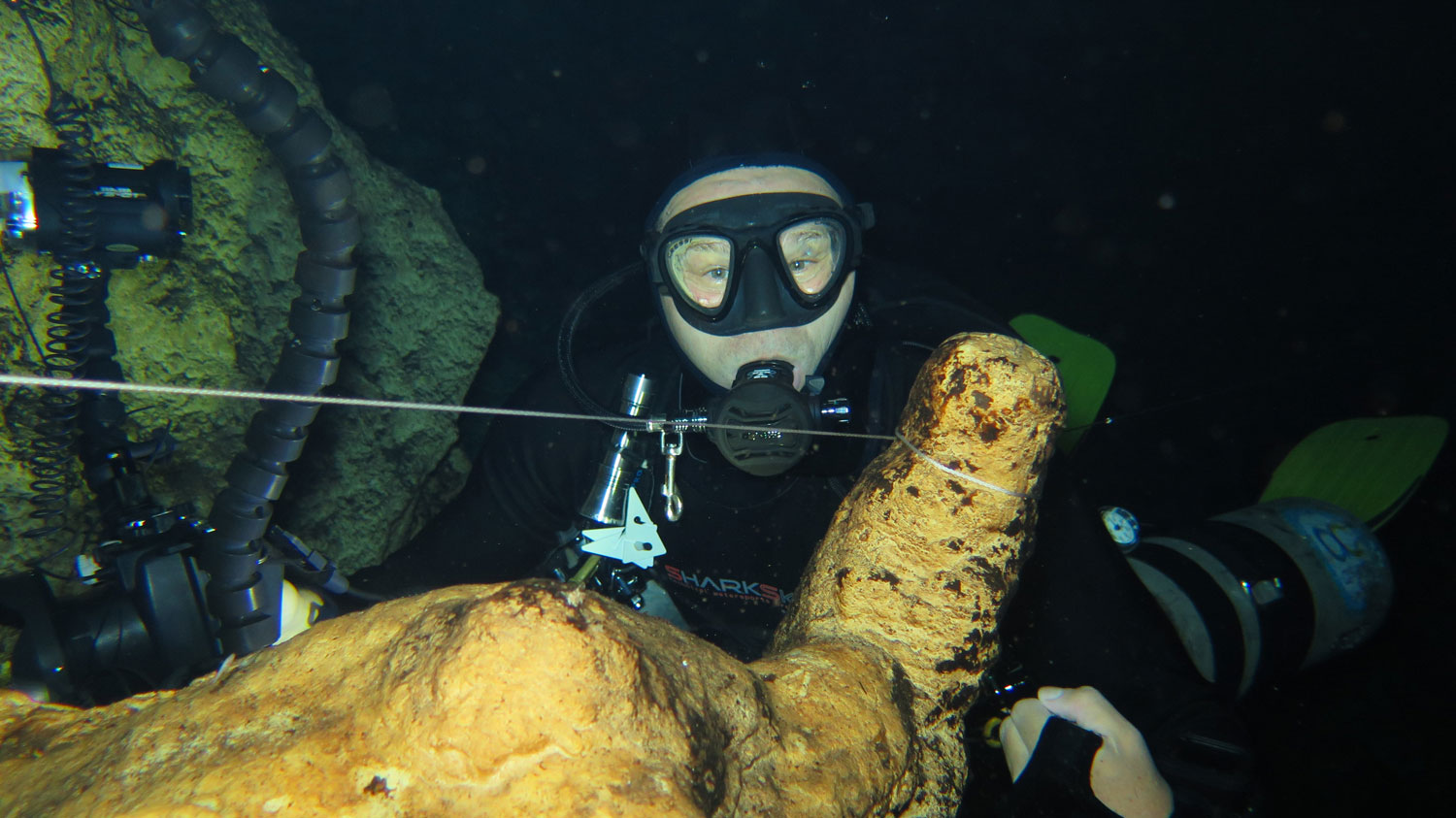
We managed to dive Avon and Mitaho caves, mostly exploring 200m back in the caves. We did get back to about 700m, maximum 40m depth, still in 29 degree water temp. We managed two dives a day for 7 days diving the caves and one day in the sea off the Anakoa village. Yes, I would like to go back but I would also like to have the logistics done for us again, as this is a huge job!
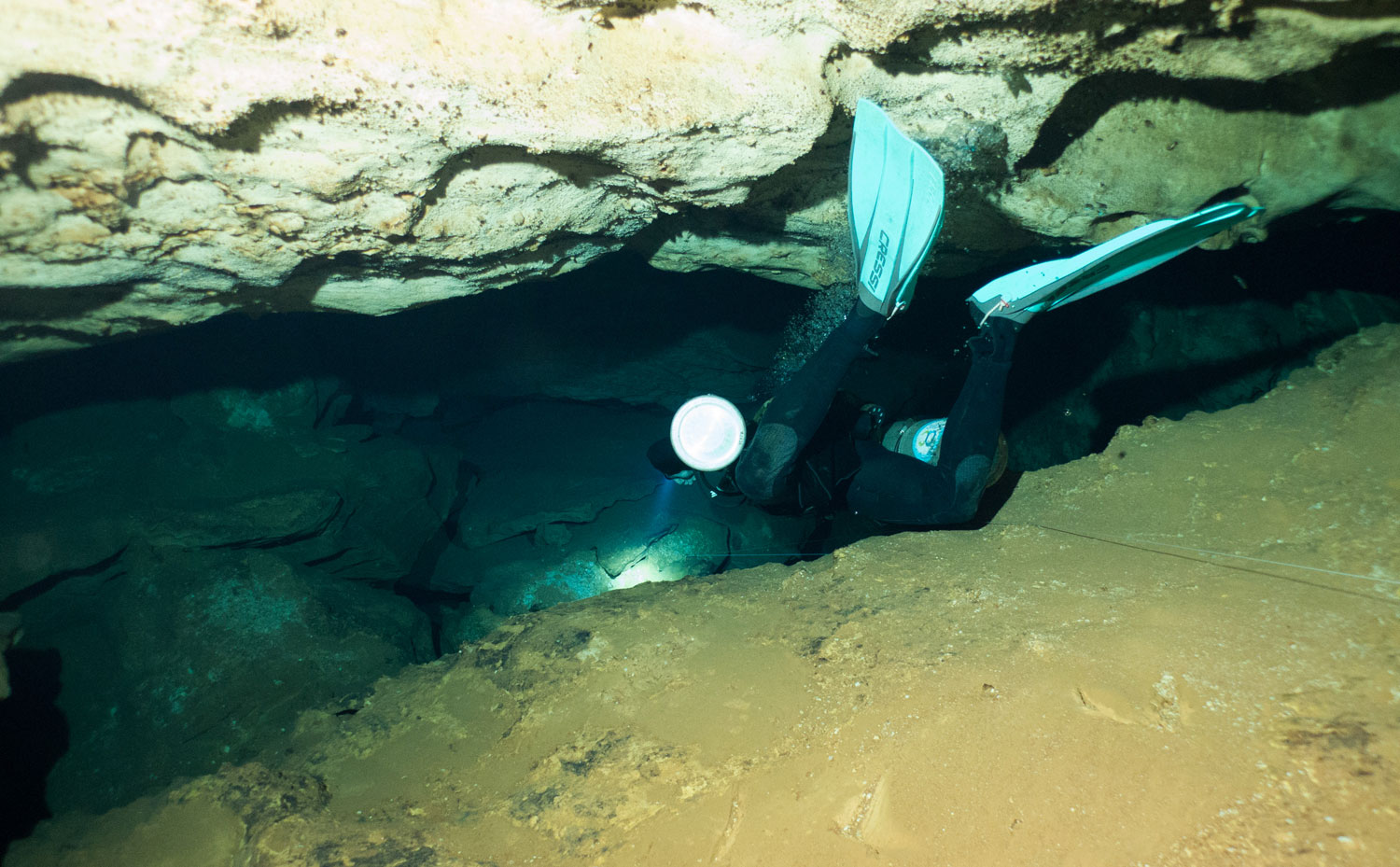
Thanks to Ryan Dart, the University of Massachusetts Boston and the Madagascar Government; happy I could help.
About the author:
Barry Coleman, ex-Rhodesian, has been scuba diving since the 1980’s. In 1988 Barry became a Dive and Sailing Instructor then travelled world-wide, with his wife, doing Yacht Deliveries, Sailing Instruction, Yacht Brokering and built their own ocean going yacht. They dived the entire time, then 10 years later opened up Meridian Dive Centre in 1997 in Durban, South Africa. They also worked internationally on design teams developing new and specialised diving and rebreather equipment (Poseidon MkVI) which is out in the market place today. Barry & Celia are the Founding Members of the international training agency RAID. Today Barry is a RAID Examiner, training Instructor Trainers, but still gets pleasure out of introducing total beginners to the Ocean environment. When not teaching he loves dive photography and cave diving.
